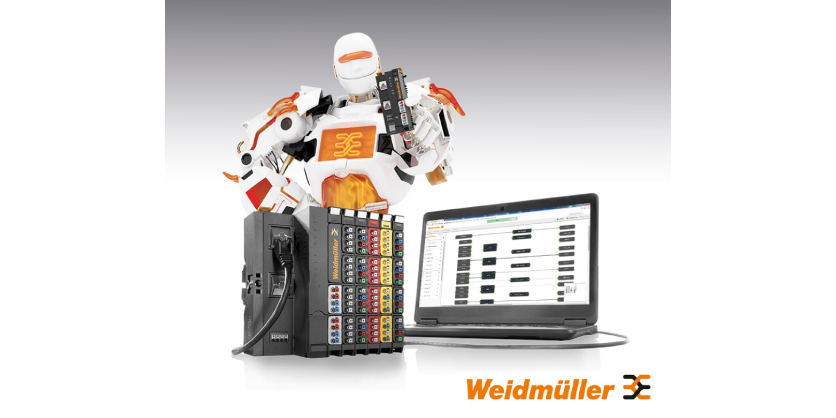Investigating SMRs Role in Decarbonizing Cement Production –University of Waterloo Student Puts Proprietary CNL Tool to the Test
January 29, 2025

Research collaboration spotlights the impact small modular reactors could make in minimizing greenhouse gas emissions (GHG) in cement production processes
Could small modular reactors (SMRs) help decarbonize cement production in Canada? It’s a question Christina Mohan, Chemical Engineering alumni, University of Waterloo, addressed as part of her fourth-year studies. Leveraging her learning in process controls, optimization and modelling, Christina undertook a study aimed to assess the feasibility and benefits of deploying SMRs as part of a hybrid energy system to understand how GHGs can be reduced in the cement production industry, while also looking at minimizing costs.
To do this, she leveraged Canadian Nuclear Laboratories’ Hybrid Energy Systems Optimization Model (HESO Model) – a proprietary and powerful techno-economic assessment tool that determines the best energy mix for a select community, geographical area or industry by minimizing system cost while also achieving performance requirements and GHG emission reduction targets.
Unlike other modelling software, HESO software can accurately model a nuclear hybrid energy system – it considers nuclear as one of the energy sources in order to determine the optimal energy generation, storage and distribution needed for the services of an area or industry (i.e. electricity, heating, cooling, water).
“I was familiar with HESO model prior to undertaking my directed research project, and I had heard CNL’s Megan Moore present on it at a conference and was intrigued with it,” said Mohan. “I’ve always had a keen interest in nuclear so it was a natural fit to want to investigate its potential impact for the cement production industry.”
As part of the eight-month study, Mohan first focused on cement production processes and process model development for the various stages of cement production. This included developing an energy profile for energy demands and GHG emissions based on statistics from the Canadian cement industry. During the final months, she familiarized herself with the use of CNL’s HESO model with the support of its development team – Dr. Pronnapa Sanongboon and Dr. Mohammad Tohidi, in order to run simulations with the data she had collected and generate results.
“We had a great experience working with Christina,” said Dr. Sanongboon. “Our goal was for her to be able to develop the problem, populate the inputs, run the HESO software, and interpret the results independently. “She was able to complete her study, and in so doing, gave us a better understanding on how academia can leverage the HESO tool.”
“Collaborating with universities offers the advantage of combining academic expertise with practical applications, fostering innovation, and broadening the scope of research,” added Dr. Tohidi. “Partnering with Christina enabled the exploration of a novel approach to address emission reduction in the cement production industry, while also demonstrating the versatility and effectiveness of CNL’s HESO model in real-world scenarios.
What did her study reveal? A scenario that includes a mix of nuclear and non-nuclear combined heat and power reduces GHG emissions for the cement production industry by 84%. It’s certainly a compelling finding and as Christina highlights in her paper, “sets the stage for further collaboration and innovation in leveraging clean energy technologies to drive environmental stewardship and sustainable development in the cement sector.”
As of this fall 2024, Christina Mohan is employed as a Junior Probablistic Safety Analyst at AtkinsRéalis. She is also currently the Canadian Regional Lead for North American Young Generation in Nuclear and credits the organization for playing a key role in advancing her interest in nuclear.




